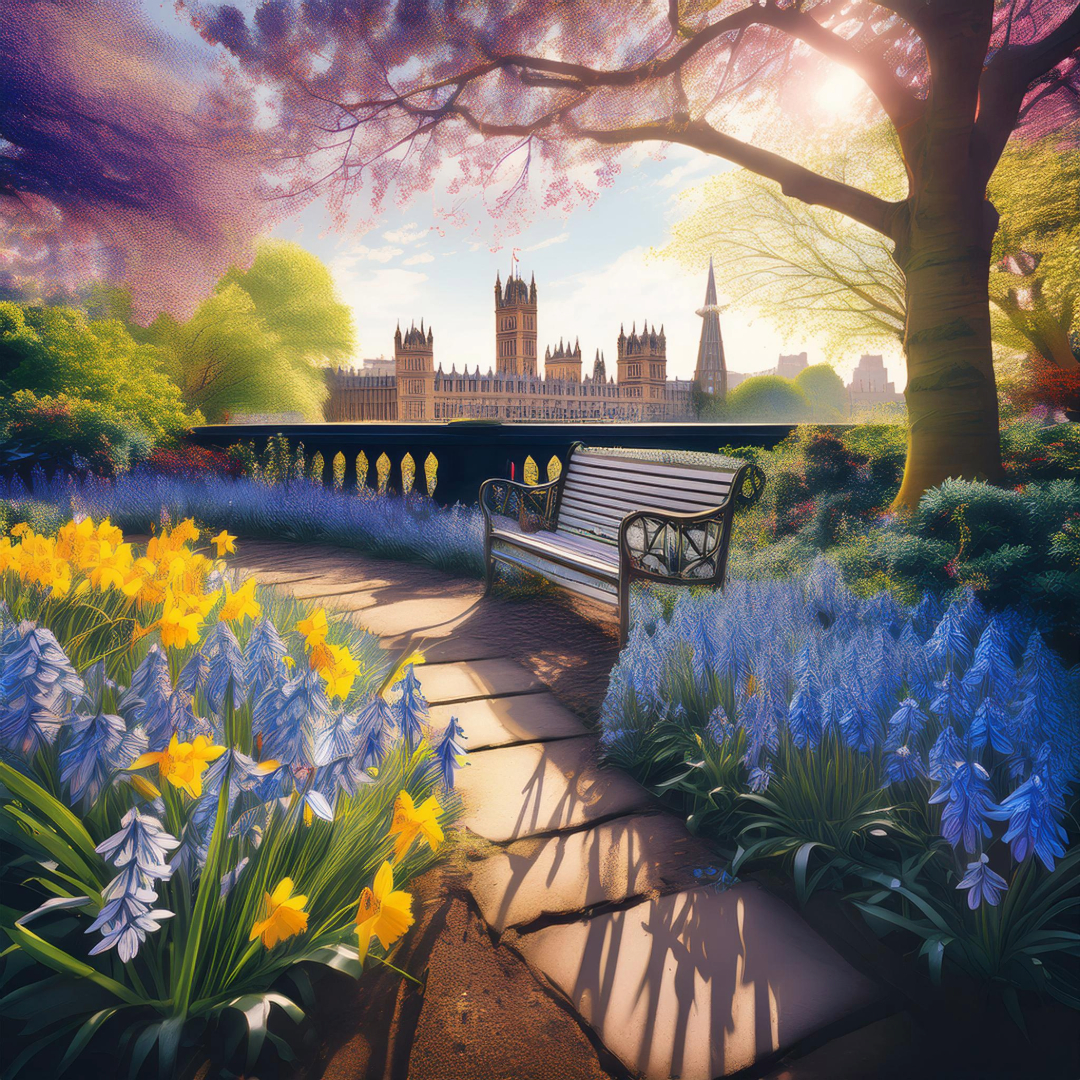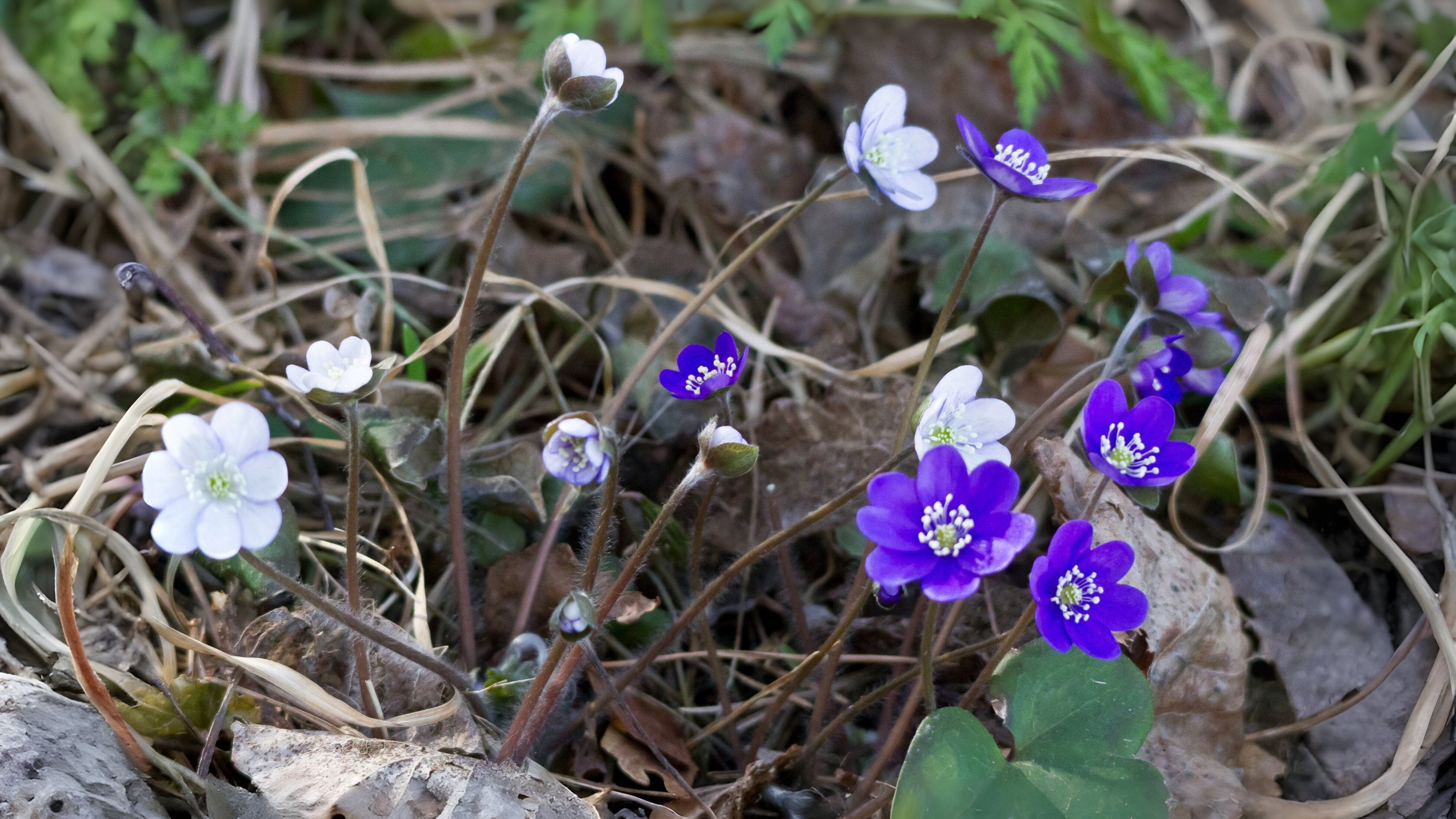🌼 March’s Garden Delights: Blooms, Blues, and Botanicals 🌸
This 21 March, step into the vibrant world of London’s spring gardens, where daffodils, tulips, and wallflowers take centre stage. Discover the intense blue hues of Scilla sibirica, the delicate charm of garden anemones, and the violet-scented allure of Iris reticulata. From the honeyed fragrance of Muscari to the striking colours of Leopard’s bane, this article celebrates the botanical treasures brightening the city’s green spaces.
Whether you’re a gardener or a flower enthusiast, don’t miss this celebration of March’s floral wonders. Return on 21 March for a blooming adventure!
As you might expect, many of the garden plants of February continue to flower into March, usually in better condition and with numerous new cultivars to be seen. Early snowdrops, aconites and crocuses are all starting to decline with daffodils and then tulips and the first wallflowers taking over. Plants typical of the month include all sorts of Primula, Polyanthus, Crocus, Hellebores, Leucojum, Cyclamen, Iphaeon, Pulmonia, Bergenia, Narcissus, Vinca, Veronica, Symphyteum, Hyacinth, Euphorbia, Arabis and Aubretia.
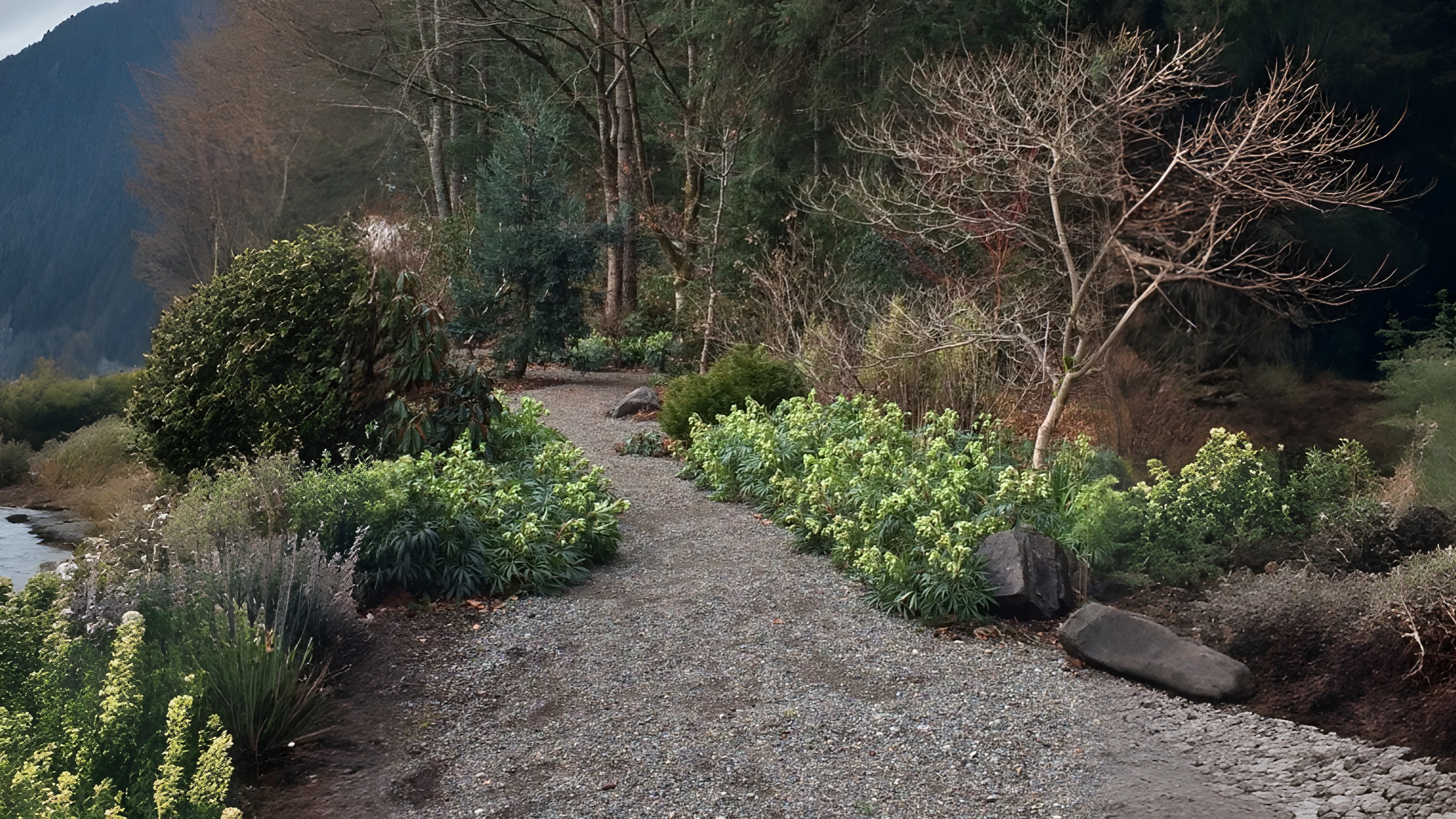

Small blue squills and their relatives may have been in flower since the middle of February, but as they come into bloom at slightly different times it is only now they can all be seen together. One of the most widely planted, with its downward pointed star-shaped deep blue flowers is Scilla sibirica ‘Spring Beauty’. This is probably the most intense blue to be seen the whole month and was bred as recently as 1935. The Scillas tend to be an intense blue, but are sometimes confused with Glory of the Snow Chionodoxa which tend to have pale blue flowers with white eyes. Then there are the Puschkinias to add even more confusion which often have white or pale blue flowers with a distinctive deeper blue line running down the centre of their petals. Identification can be difficult as there are different species, pink and white forms, as well as hybrids. All these plants are at their best when planted in drifts beneath trees, where they can make one of the most attractive spectacles of the month.
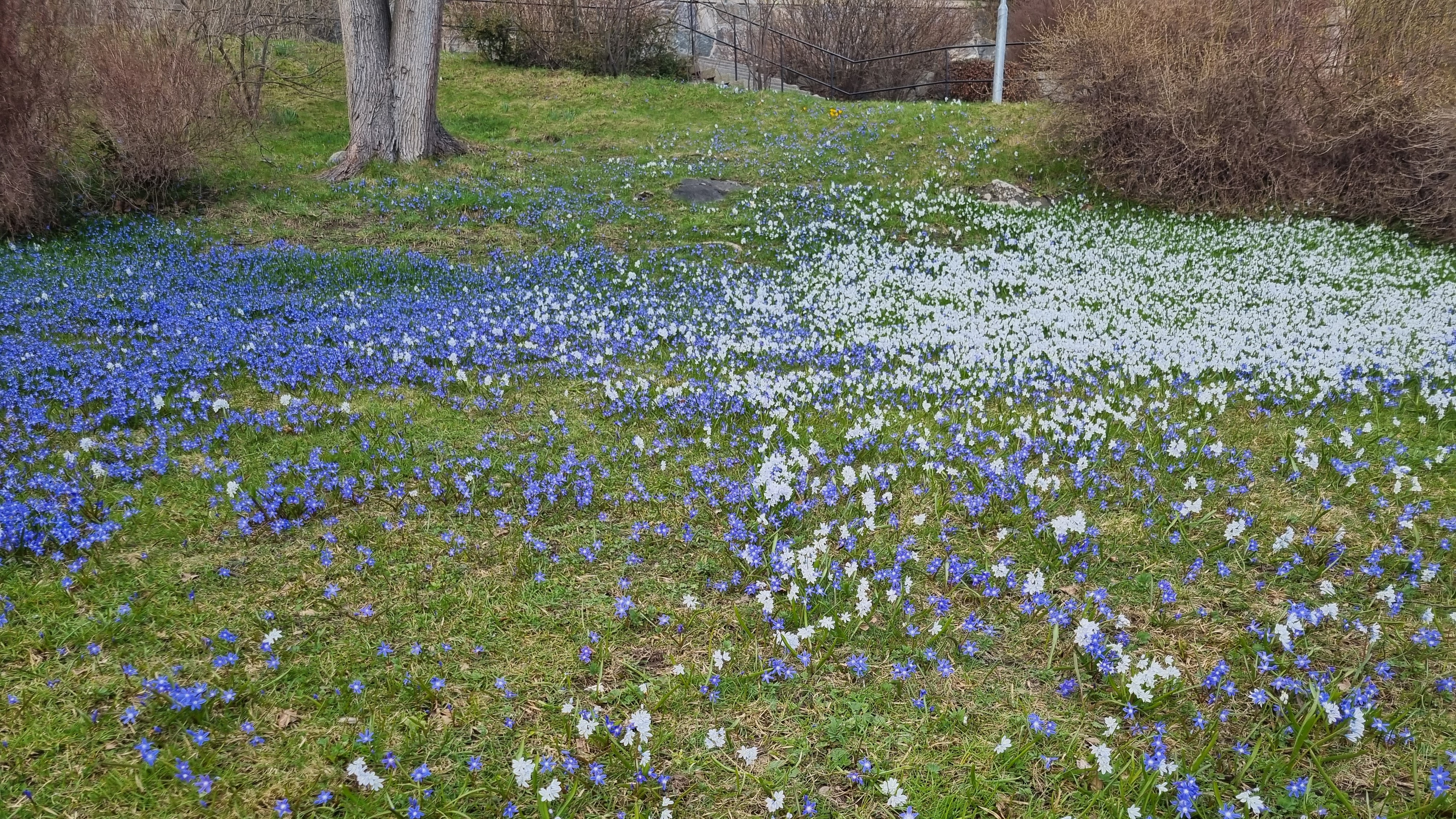
Scilla sibirica, as the name suggests, comes from Russia, Puschkinia scilloides is from the Lebanon and Chionodoxa is a snow melt species from Turkey. The whole group range from southern Russia, through the Caucaucus, Turkey down to Crete and the Lebanon. One or two feel comfortable enough here to hop over the garden wall and can occasionally be found growing in the wild. S. sibirica is reported from the unlikely setting of Headley Heath, S. italica, Warley Place and Chionodoxa is naturalised at Kew.
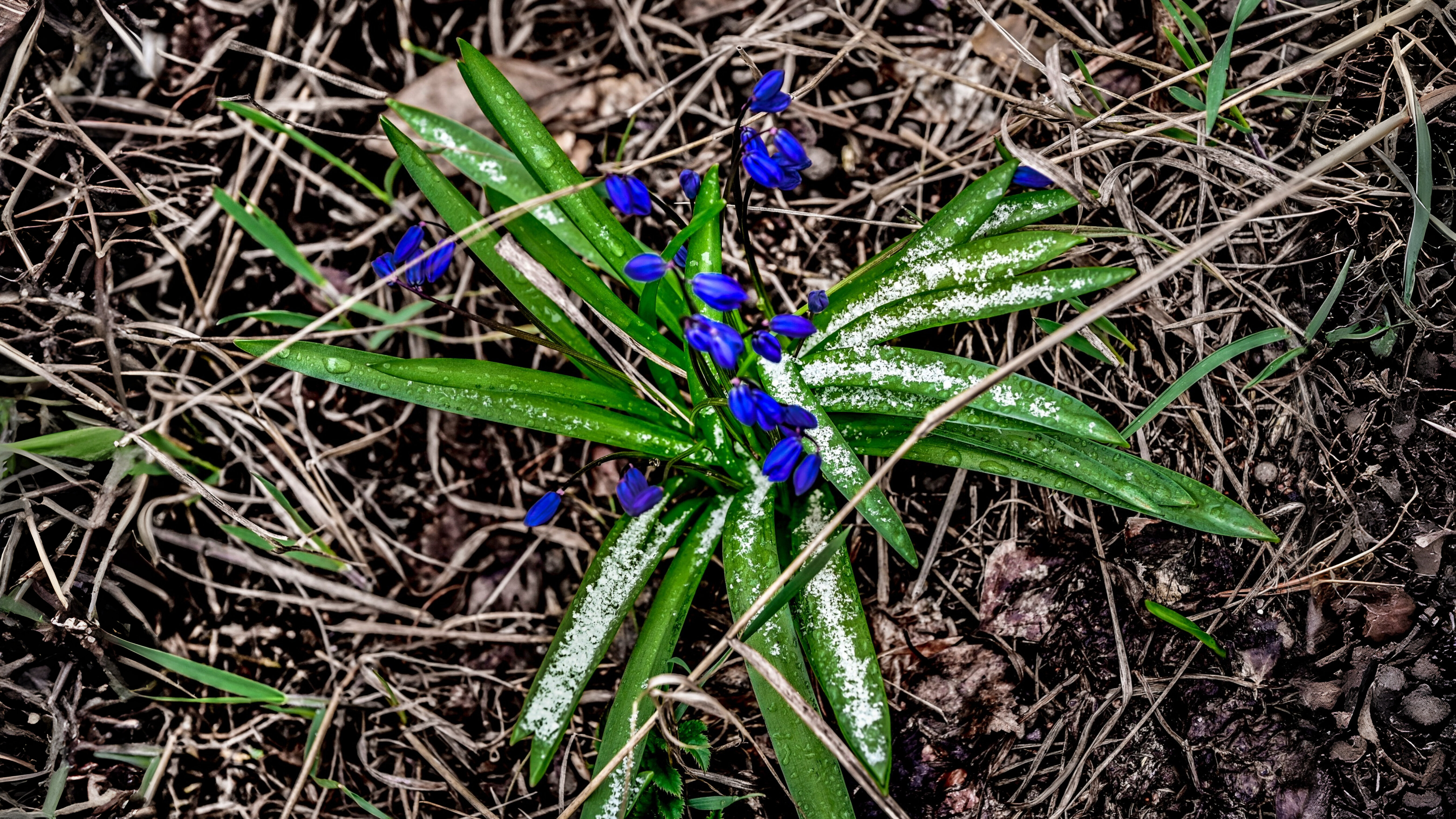

The small milky blue flowers of grape hyacinths Muscari spp. are also common from March onwards. Once again, there are several species with varying shades of blue, with or without their white teeth, but it is the pale blue forms that predominate and are naturalised here and there. Garden anemones are also very much a feature of the month. Again, dozens of varieties of our native Anemone nemorosa can be seen as well as A. blanda and A. apennina. Their colour range is extensive from white, silver through rose pink to blue and purple. Not surprisingly, ‘blanda’ means pleasing. These small delicate anemones move in the wind, have delicate colours and eagerly lean towards the sun. Some other garden anemones can also be found naturalised e.g. A. ranunculoides, a wild yellow anemone from northern Europe, can be found at Warley and A. apennina, a northern Mediterranean species by the river Wandle at Mitcham. It is better to look for these flowers in full sun as they are shy to open if there is any shade.
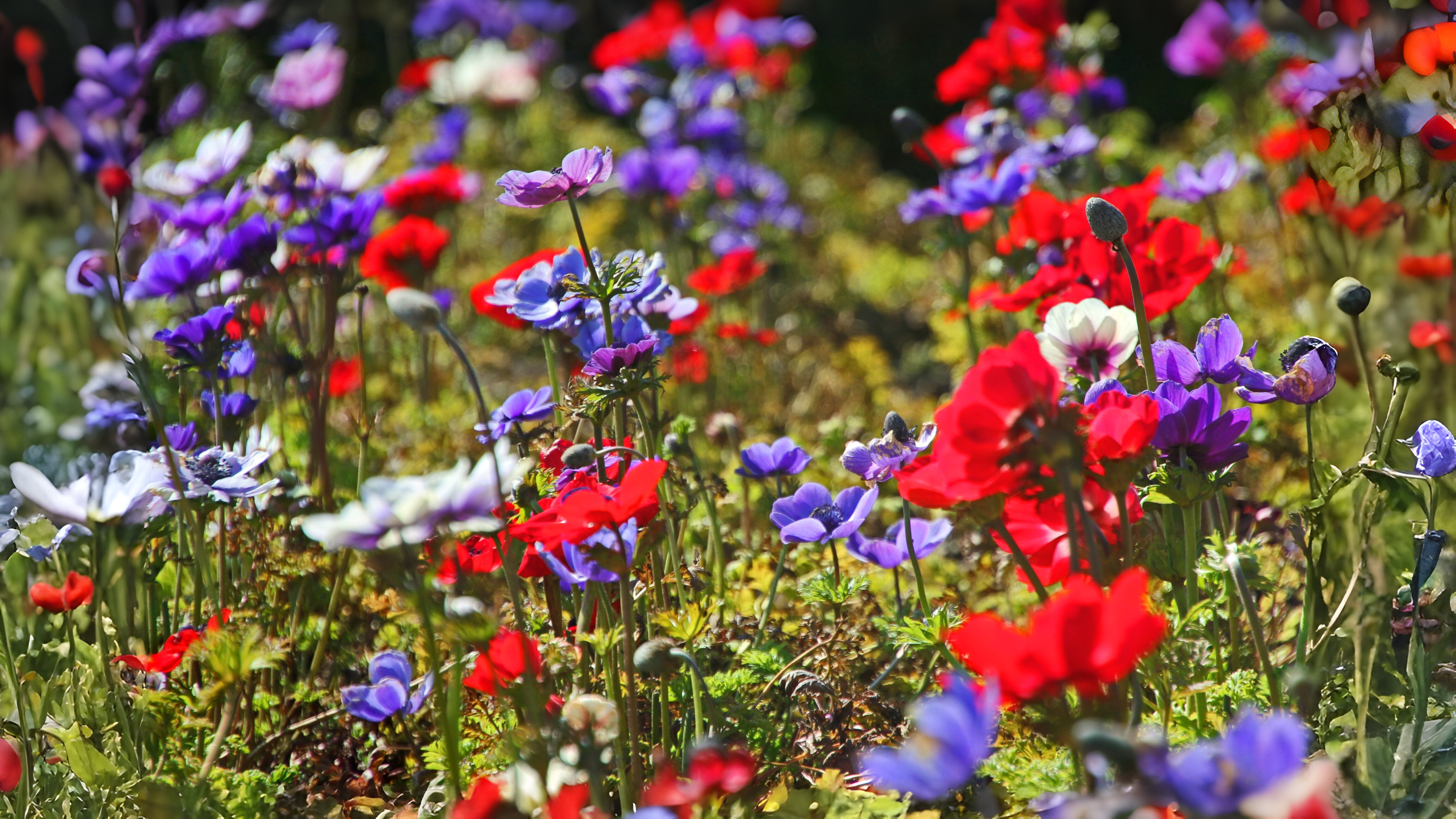

Small irises are also a March speciality. The deep purple violet-scented Iris reticulata is likely to be the most commonly encountered. Here again there are many different forms, mainly blue and dark purple. Others, such as I. danfordiae and I. histrioides ‘major’ are also small, perhaps only eight or ten centimetres tall but far more sturdy. I. danfordiae is usually a vivid yellow and honey scented. I. histrioides ‘major’ has more colours and is violet scented. In its various forms and hybrids its crests, standards, tunic, epaulets and falls can sport white, yellow, blue and purple. Its latin name ‘histrio’ means actor, referring to a multicoloured face. One of the most interesting March irises to look out for now is I. tuberosa, the snakeshead iris, Widow iris or Velvet Fleur-de-luce. It is easily recognised by its mysterious green, purple and black colours. Gerard waxed lyrical when describing it with words like ‘black velvet’ and ‘goose turd greene’. It was cultivated by ancient Greeks, Romans and Egyptians all of who would have found it growing locally on stony hillsides. It is naturalised in Devon, but unfortunately not in London.
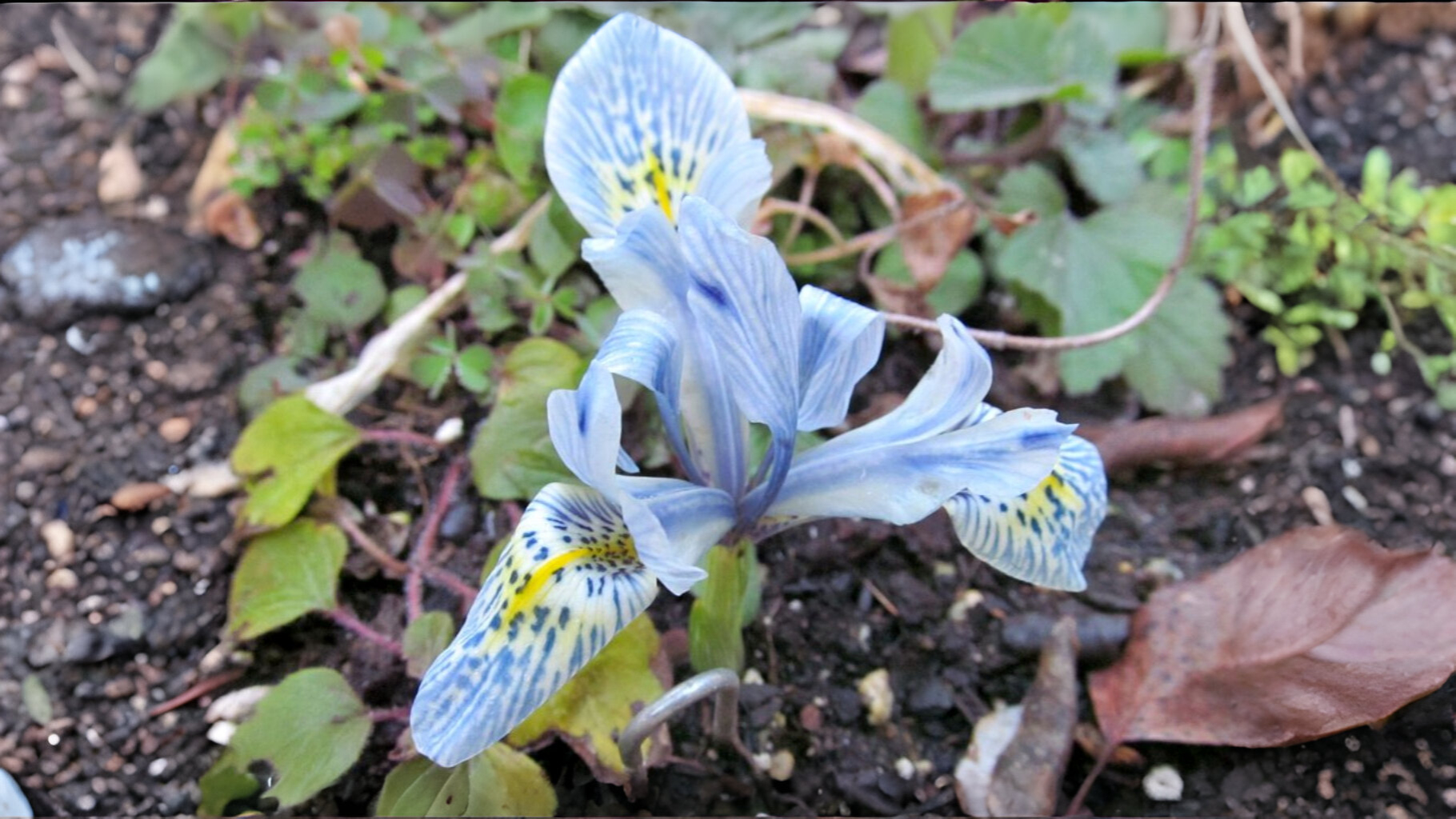
Other garden plants of note now making an appearance include Brunnera, Acidanthera, Clematis, Dodecatheon, Hacquetia epipactis, Hepatica, Convolvulus cneorum, Saxifraga, Adonis dahurica, Corydalis and Leopard’s bane Doronicum. Leopard’s bane stands out as one of the first border plants of the year growing up to a metre in height with its large yellow daisy-like flowers.
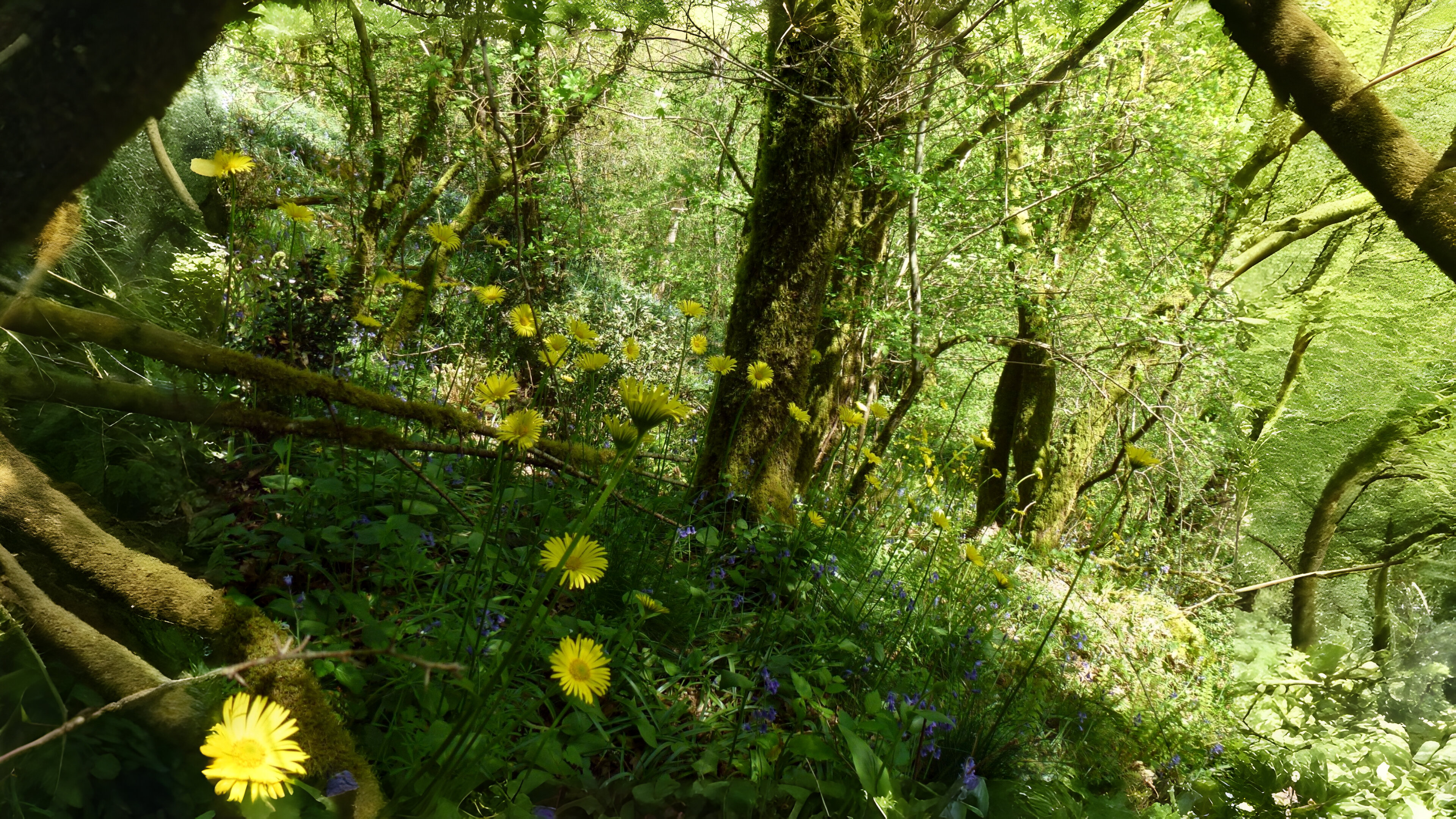
It is thought to have been introduced by medieval apothecaries, as it had two important uses. The root juice was useful for killing leopards and the flower, if laid beside a scorpion, rendered its sting useless. Why these were important enough for it to be grown in medieval London remains a mystery, but it still remains naturalised in a few places around the city. Blue-eyed Mary Omphalodes verna is occasionally encountered in March. It has been continually popular since it was introduced in 1633 quickly becoming a favourite and finding its way in to many pictures and embroidery of the period. It was said to have been Marie Antoinette’s favourite flower.
